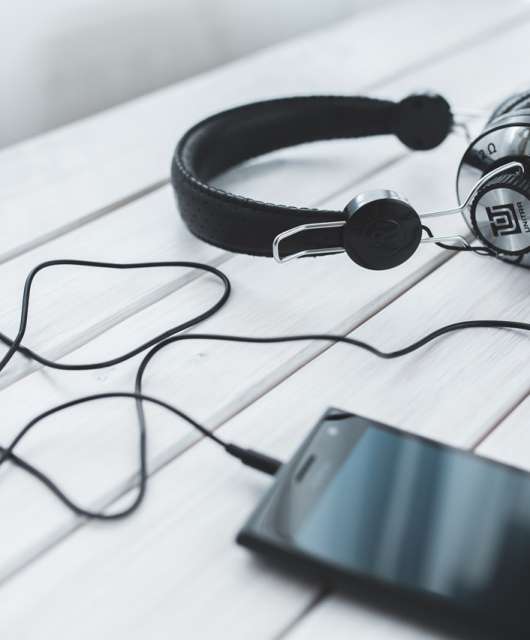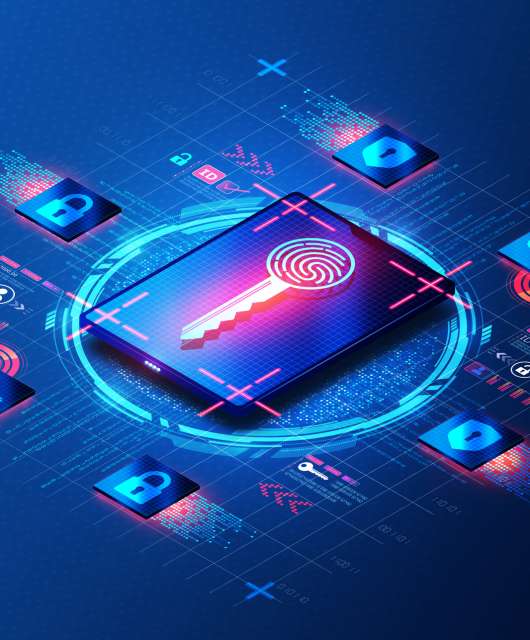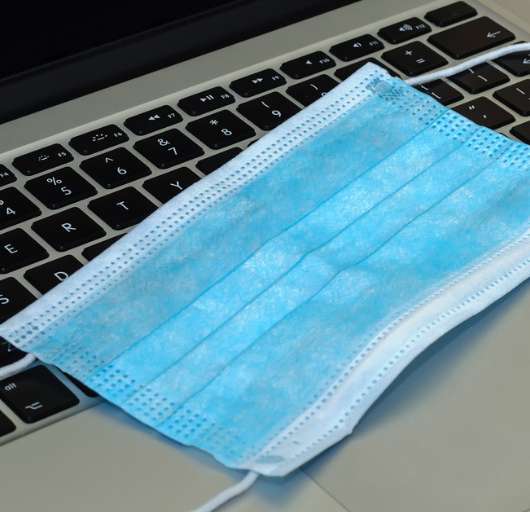The pandemic is slowly but steadily starting to wear off, and more and more people are on the move. We are in the middle of the summer season, and travel is reaching pre-pandemic levels. The constant increase of administered vaccines makes people feel more confident to go out there too – approximately 50% of the US population has been fully vaccinated. Unfortunately, with so many people on the go, cybercriminals are back in business, too. Hence, a quick refresher is necessary to ensure that you stay safely connected during your summer travels.
How to stay safely connected during your summer travels
Call your mobile service provider
Before we jump into safety, make sure that you are connected in the first place. Avoid the surprise of not being able to get an Uber when you arrive at a foreign airport by making sure your smartphone will be connected when you arrive. A simple ten-minute phone call with a service agent might save you hundreds of dollars. In addition, most major cellular carriers in the USA have agreements with foreign telecom companies, so getting an international plan added to your account might help avoid costly roaming charges.
Avoid public WiFi hotspots
You might feel tempted to join public WiFi hotspots while away, but doing so can sometimes expose you to cybercriminals. Often public WiFi hotspot networks are poorly managed. As a result, all of the traffic coming in and out of your connected device might be monitored by the network administrator or a hacker who has cracked the network and spy on unsuspecting tourists. If you have to join public WiFi, make sure that you are connected to the internet using a VPN – encrypting your incoming and outgoing traffic will make sure hackers can’t eavesdrop.
Juice jacking
Charging stations seen on airports and coffee shops could be compromised. They can be loaded with malicious software, so make sure you have proper antivirus software installed on your device should you need to charge your connected device at a public USB charging station. If you do not have such software, you can either bring your own AC adapter or charge your smartphone or tablet from a laptop. If you are ever asked to ‘trust’ a computer when charging your device on a public UB station, always hit ‘no’ and decline access.
Bring a backup
If you plan to use your phone’s GPS navigation, you will likely need to charge your connected device more often than usual. Having a spare cable and a power bank might be a great idea. A portable charger might be your only option if you are heading to the mountains or any other remote areas where you don’t have the opportunity to simply plug your device into a charger. Some extra cables are always helpful too – cable damages happen and the lack of Apple stores in remote locations might be a challenge should you rely on just one cable.
Prepare for the worst
Be prepared to survive even if you are not connected. Technology is reliable, but sometimes people rely on it way too much. If you have precious files you cannot afford to lose – back them up before you leave. Pre-downloading maps of the area you are planning to visit just in case you end up in a place with no cellular coverage is also a good idea.
Traveling is fun, but sometimes simple mistakes can ruin the experience. You can’t fight with nature, but you can certainly be prepared and cautious – hackers love the path of least resistance. Being a step ahead of the game will make sure you get to fully enjoy the time off.








